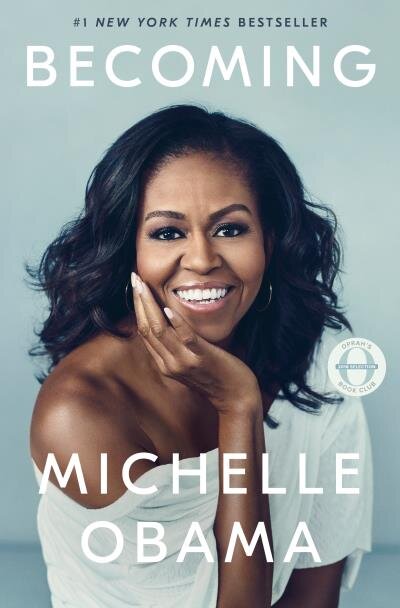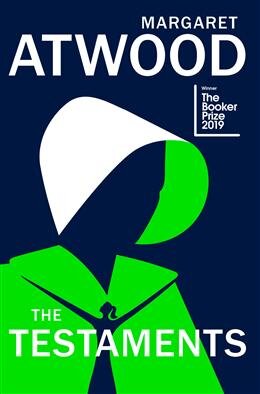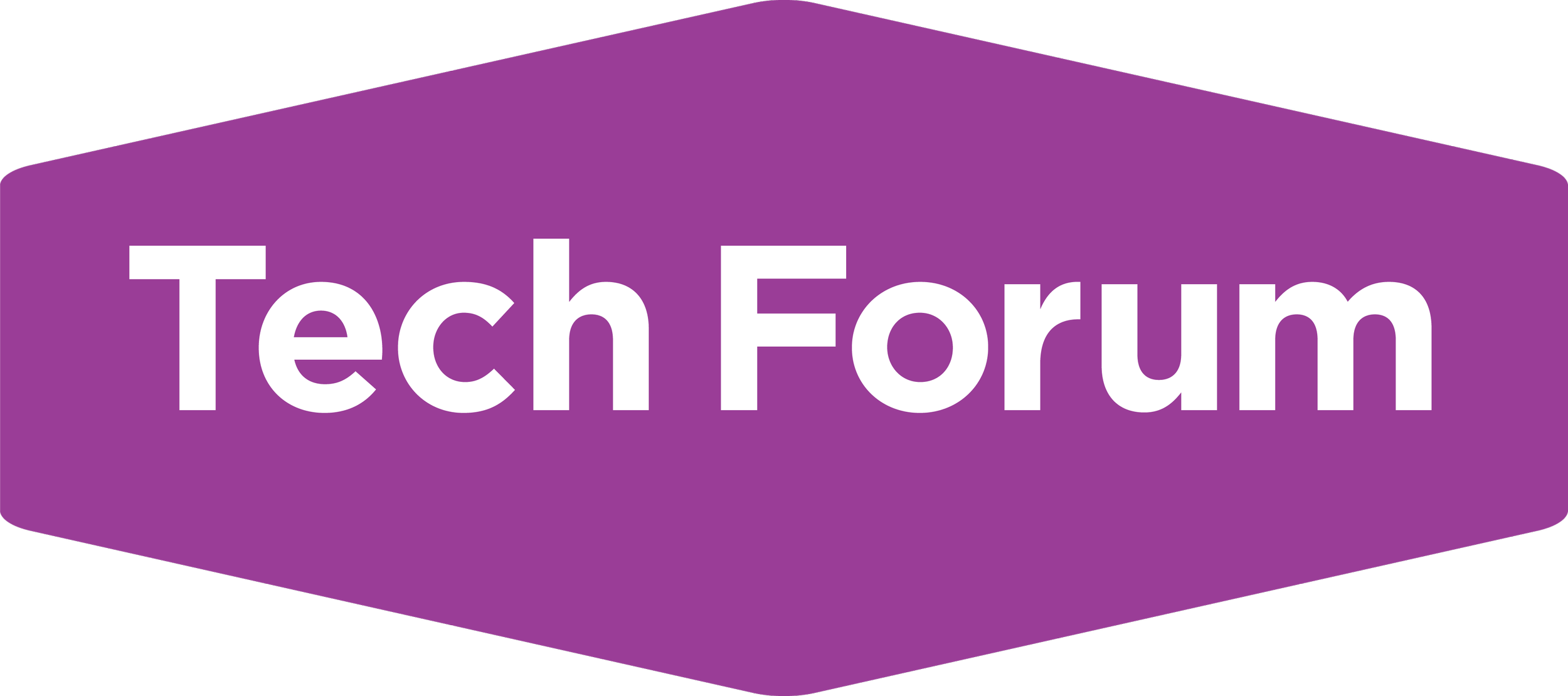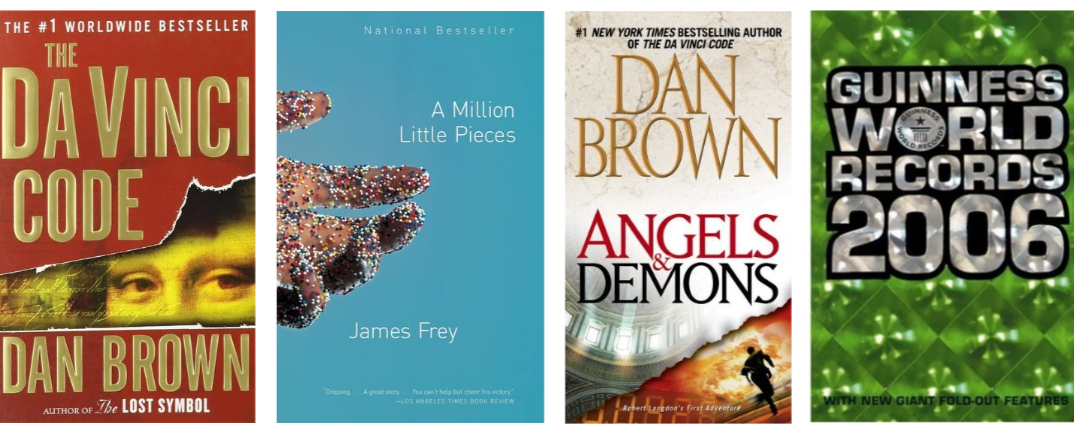At the end of August, we gave you the 2020 Canadian book market half-year review. Now, let’s zoom into the public library market to see what’s changed since our 2019 study, Borrow, Buy, Read: Library Use and Book Buying in Canada. To do this, we’re going to look at the results of our quarterly Canadian Book Consumer surveys conducted among English-speaking adults (18 and older) from across Canada; as well as data from BookNet Canada’s LibraryData, the national library collection and circulation analysis tool.
How do Canadians make decisions on what to buy vs. what to borrow? How are borrowers finding out about the books they’re reading? What are borrowers' preferences, especially comparing digital and print format reading over time? You’ve asked, and we've answered.
The big picture
At a glance, we found that from 2018 through mid-2020, the percentage of borrowers has lowered 1% each year; going from 28% in 2018 to 26% in the first half of 2020. In comparison, the percentage of buyers has slightly increased from 21% in 2018 to 24% in 2019 before falling slightly to 22% so far in 2020.
When we surveyed 6,244 Canadians about their borrowing and buying habits during 2019 we found that:
26% borrowed at least one book;
22% bought at least one book (36% of those buyers also borrowed a book); and
8% both borrowed and bought books.
Discovering new reads
How are borrowers finding out about the books they’re reading? Does that change for buyers? How do they make decisions on what to buy vs. what to borrow? How many Canadians buy a book instead of borrowing from the library?
In the table below, we've listed the most popular ways in which readers discovered books during the last half of 2019 compared to the first half of 2020.
How readers discovered books
| Last half of 2019 | First half of 2020 | |
|---|---|---|
| For readers who bought and borrowed | Bookstores or retailers, libraries, bestseller lists, and authors | Bookstores or retailers, authors, bestseller lists, social media, and libraries |
| For readers who only bought | Bestseller lists | Bestseller lists, authors, and social media |
| For readers who only borrowed | Discovery via libraries | Discovery via libraries |
What to buy or borrow, that’s the question
When deciding whether to borrow a book, readers who borrowed looked at the book description (19%), the subject or genre (15%), whether their library had copies (14%), the cover (14%), reviews (14%), and the author (14%). Only 9% of borrowers compared the price in multiple places.
What about reader-buyers? Popular decision-making was based on the book description (60%), the subject or genre (40%), the cover (40%), the author (39%), and reviews (38%). About a quarter of buyers compared the price (23%) and checked to see if their library had copies (24%).
When we zoom out, the ranking is very similar for Canadians. Of note, we found that 21% of Canadians check to see if the library has the title they are looking for and 15% compared the price among retailers.
Formats read, bought, and borrowed in the last 12 months
In our surveying, we asked how Canadians got books in the last 12 months; whether they were bought, borrowed, gifted, downloaded, etc. For example, we asked respondents to select if they borrowed a print book from a public library, bought an ebook, downloaded an audiobook, were gifted a print book, and more, for each method and book format.
We can look at the results of that question in a myriad of ways. We’ll start off with an overview of method of acquisition and format before focusing on buying and borrowing by format, for both the first half of 2020 and comparing it to the full year of 2019.
In both 2019 and the first half of 2020, 19% of Canadians said that they had received a print book as a gift and 5% received a digital book as a gift in the previous 12 months. 18% of respondents in 2020 said they had downloaded a digital book in the previous 12 months (up 3% from 2019), and about a quarter didn’t get any books in the last year (29% of the respondents in the first half of 2020 and 27% in 2019).
When we look at Canadians' book acquisitions in the previous 12 months by format, we found that:
58% got print books;
20% got ebooks; and
13% got audiobooks.
This was similar to percentages in 2019 — 59% got print books, 17% got ebooks, and 13% got audiobooks.
Now, when we look only at book buying by format, we found that:
34% bought a new print book;
19% bought a secondhand book;
11% bought an ebook; and
3% bought an audiobook.
2019 percentages are similar, except that secondhand buying was at 20% and ebook buying at 10%.
Lastly, in terms of book borrowing by format in the last year, we found that:
19% library patrons borrowed a print book;
8% borrowed an ebook; and
5% borrowed an audiobook.
In 2019, print borrowing was at 21%, ebook borrowing at 7%, and audiobook borrowing stayed the same (5%).
Library use and checkouts
When comes to finding books at the public library, 42% of Canadians said they generally find what they’re looking for (online or in person), 48% said they sometimes do, and 10% said it’s difficult to find the titles they want.
Borrowers are evenly split between easily and sometimes finding the books they look for at the public library (46% each).
Buyers are less successful at finding books they looked for at the library: 51% sometimes find books, 35% easily find books, and 14% find it difficult.
Now, let’s zoom in to our results about Canadians who visited and checked out books in the public library in the past month.
The Canadian Book Consumer surveys in the first half of 2020 were fielded from March to early April and from July to early August. In these surveys, we asked Canadians what formats they checked out in the previous month. This is what we found when we combined both 2020 survey results:
59% of recent library patrons checked out print books
29% checked out ebooks
12% checked out audiobooks
If we look only at the formats that borrowers checked out in the previous month, we found that 64% borrowed print books, 35% borrowed ebooks, and 24% borrowed audiobooks. In 2019, ebook borrowing was slightly lower at 26% and audiobook borrowing was at 17%. The increase in digital borrowing is most likely due to the closures of libraries and the restrictions put in place due to COVID-19.
What about visiting the public library in the previous month for borrowers and buyers? About two thirds of borrowers have visited a public library in the previous month (63%), 13% more than buyers.
Both buyers and borrowers who have visited a public library in the previous month generally visited to find a specific book or author, pick up holds, discover a new book or author, or browse. Borrowers did so at higher rates (and they were especially more likely to do activities like reading magazines, studying, and using the computers and printer).
Buyers who visited the library at least once in the last month bought an average of 3.4 books which is more than what buyers who hadn't visited the library bought in the last month (2.6 books). Buyers in general bought an average of three books a month.
Book loans during 2020
Even though most public libraries across the country were closed for a large portion of January to August 2020, the library market reported more than 6.5 million loans of print books to LibraryData.
46% of loans were in the Juvenile Fiction & Young Adult categories
24% of loans were Adult Fiction
28% of loans were Adult Non-Fiction
Popular subjects during this period were mostly Fiction. Of note are Juvenile Fiction subjects, they account for five of the top 10 most loaned subject categories.
Fiction / Thrillers
Juvenile Fiction / Animals
Fiction / Mystery & Detective
Fiction / Romance
Juvenile Fiction / General
Non-Fiction / Comics & Graphic Novels
Juvenile Fiction / Readers
Juvenile Fiction / Comics & Graphic Novels
Juvenile Fiction. Humorous Stories
Fiction / Literacy
The most popular print books in the Canadian library market during the first six months of 2020 were:
In the Fiction category and overall: Blue Moon by Lee Child
In the Juvenile & Young Adult category: Guts by Raina Telgemeier
In the Non-Fiction category: Becoming by Michelle Obama
The top-circulating Canadian title: The Testaments by Margaret Atwood 🍁
And that’s all we have for now folks! If you’re a Canadian library staffer interested in learning more about LibraryData and how it can help your library to investigate trends, identify collection opportunities, and more, just fill out this form and we'll be in touch with further details.
Oh, and keep using that library card!
More research done by BookNet Canada is available here, including our most recent study The State of Publishing in Canada 2019 which can be downloaded for free. Subscribe to our weekly newsletter to get the most recent updates and content from BookNet Canada.
Note: The numbers included in the original post published on Sep. 18 in the section about book acquisitions were incorrect. We updated the post with the correct data on Oct. 1, 2020.




















The most circulated Canadian books of 2025.